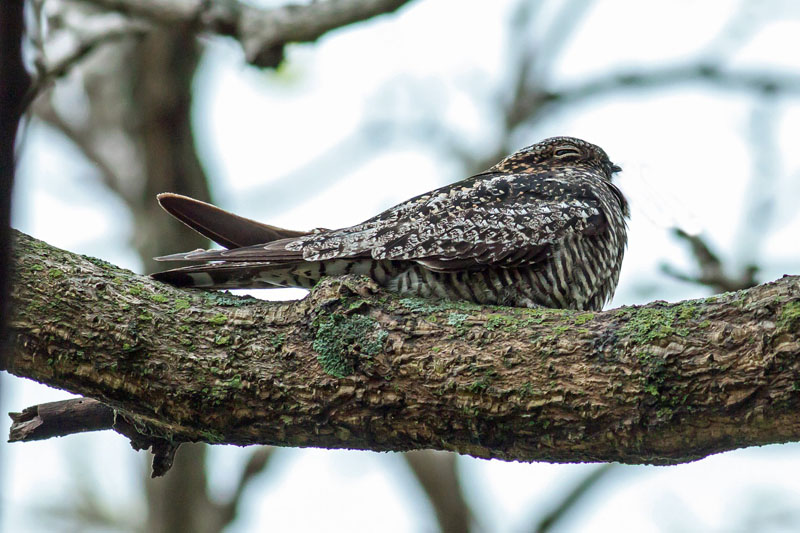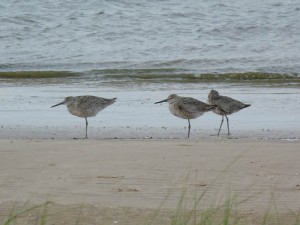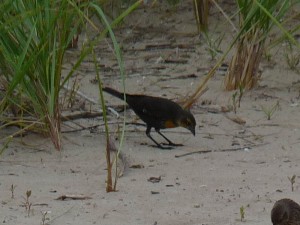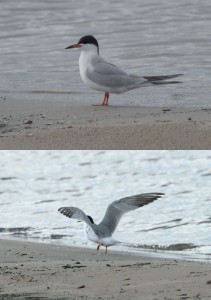The sweet season has commenced. Days like May 9 make suffering through Chicago winters worth it. I don’t know if the volume of birds was better than the fantastic weekend of May 4-5 but the variety certainly was. I tallied 95 species in about 3.5 hours of morning birding, my best spring total to date (according to eBird, over 120 species were reported). My highlights include 3 Black-bellied Plovers, Willet, Lesser Black-backed Gull, Common and Forster’s Terns, a roosting Common Nighthawk, 5 woodpeckers, 19 species of warblers (Pine, Northern Parula, and Blue-winged being the best), and Clay-colored Sparrow. Link to my eBird checklist below.
eBird Checklist
https://ebird.org/view/checklist/S56042131




